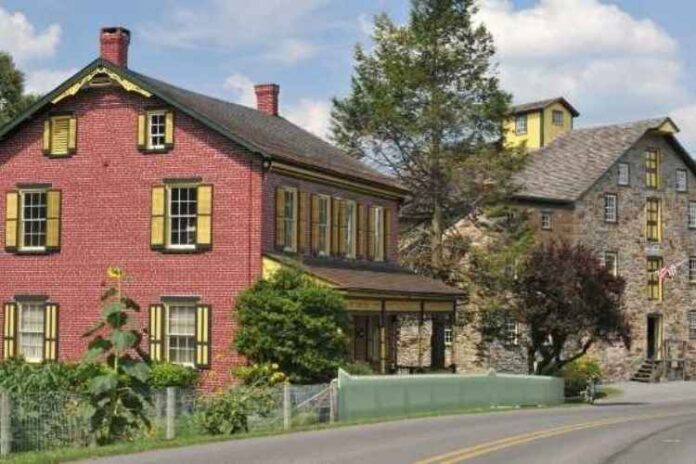In today’s society, buildings that are hundreds of years old are being demolished to make room for modern structures. There are cases in which older structures are vandalized beyond repair or a safety hazard to the general public is presented. The question then arises: what happens to these structures? A state-funded program, which incentivizes building developers to use a certain percentage of a building’s materials in construction, provides grants to many developers.
This article attempts to provide information on how one can restore historical buildings without having to worry about going over budget. To begin with, there are different types of restoration work that may be required in order to bring back an old structure into its prime condition. The work involves stripping off paint and other coatings, removing plaster, replacing wood work, fixing fenestration (i.e., windows or doors) that are not in line with the original design, fixing roofs that show signs of wear and tear, etc.
Maintaining Restoration Cost
The restoration costs can spiral out of control if one is not careful. Moreover, some old structures require more than just standard restoration; it may even involve building additions to make up for lost space. This often requires the services of an architect specializing in historical renovations (see link below). It is also important to note that different types of materials may be necessary for restoring a structure to its original state; local governments typically provide these materials at reduced rates.
Archaeological Studies
Another consideration would be archaeological studies, which are often required before work can begin. This is because some older structures are built on top of graves. For example, the Roman Pantheon was originally a burial ground for prominent members of Roman society. Sometimes archaeological studies result in less work being done as opposed to more, especially if an old structure was demolished by its previous owner.
Historical building restoration expert
It is also advisable to consult and hire some best historical building restoration contractor. During an interview with a historical building restoration services expert he said, it would be best if you go with your local one because they must have historical knowledge of the building and do the job in better way as compared to others. You can also discuss all the main points with them prior starting the restoration process. Of course they will inform you about everything that what could be restored and what area might need a complete renovation.
Overall Observations
For instance, if an old house was demolished without adhering to historical building standards, foundations would have to be laid again even though they were still intact under the original foundation. Also, one should also look at the surrounding environment and see what changes it has gone through over the years so that they can plan accordingly. Finally, it helps to know how long certain types of restoration work take to be completed. Of course, the type of work and cost will vary from structure to structure.


